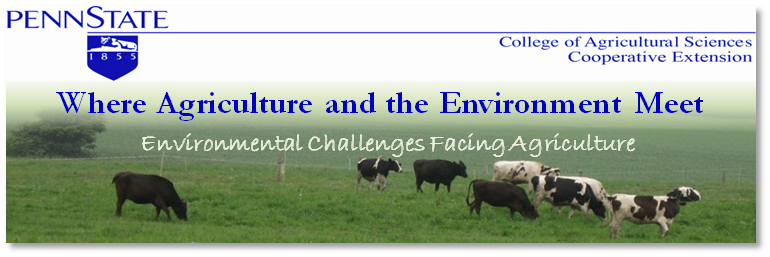“Habitats” and the “lower food web” are terms that are probably not familiar to many of us, but they are part of the overall health evaluation of the Chesapeake Bay. Bay grasses, phytoplankton, and bottom habitat are all measured to determine the overall habitat and lower food web score, which is then compiled into the overall bay health score. Like the water quality issues discussed in the last column, what happens on the land can directly impact habitats and the lower food web of the Chesapeake Bay.
Bay grasses are doing relatively well with 42% of the goal achieved for the number of acres of bay covered, and 99% of the goal has been reached in the upper sections of the bay that are most influenced by what happens here in Pennsylvania. There are 16 species of bay grasses and they provide shelter and food to aquatic organisms, improve water clarity, decrease shoreline erosion, and add oxygen to the water. Bay grasses, like grasses on land, need nutrients and sunlight to thrive. Therefore, you might think that the excess nitrogen and phosphorus going into the bay would be helpful to the bay grasses, but the decrease in water clarity caused by excess nutrients (discussed in last column) blocks sunlight from reaching the plants and actually leads to a reduction in grasses.
Bottom habitat is a complex measurement and, like bay grasses, is doing relatively well with 42% of goal attained. The bottom habitat score is reflective of organisms, like oysters and shellfish, which live and feed on the floor of the bay and other organisms that live above and below the sediment surface. The bottom habitat is a good measure of the health of the bay because these organisms cannot move away from pollutants like fish and other more mobile organisms can. Lack of dissolved oxygen is the main cause for a decrease in the quality of bottom habitats and low dissolved oxygen is caused by excessive nutrients in the water as addressed previously.
Phytoplankton is a type of algae and is the main algae involved in the “algae blooms” that occur in the bay during the summer months. Phytoplankton serves as the base of the food web, which means it is a primary food source for many organisms in the bay, and is a primary producer of oxygen for the bay. Although phytoplankton is a good thing for the bay, too much of it, or more than organisms can consume, leads to excessive growth or blooms. These blooms eventually die and when that happens oxygen is removed from the water leading to death of fish and other aquatic organisms. Phytoplankton is sensitive to salt so they are more prevalent in fresh water areas of the bay, i.e. the upper section of the bay closer to Pennsylvania.
The Chesapeake Bay has a very diverse population of aquatic plants and organisms but if the balance of these populations is tilted in a certain direction the consequences can be great. For you dairy farmers out there, you can best relate this to the rumen of cows. There are a number of different bacteria, fungi, protozoa, and yeast in the rumen at any one time, and just like the bay, if they are overfed certain nutrients the balance of these organisms in the rumen is negatively impacted along with productivity.
Photo by Mike Land/Chesapeake Bay Program


No comments:
Post a Comment